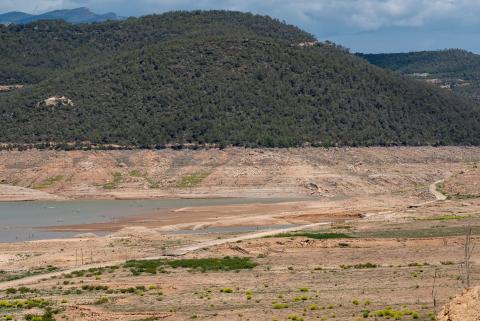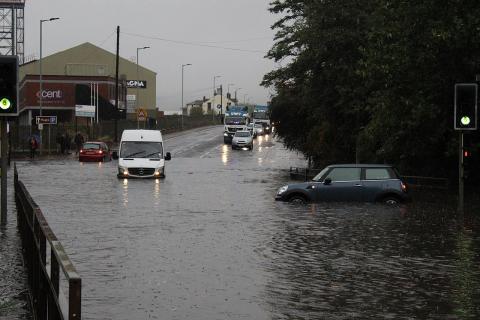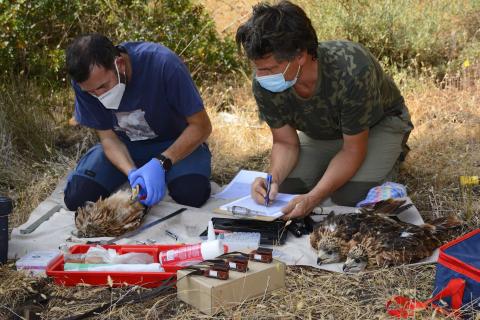Nowadays, we face a climatic reality marked by drought and water scarcity. However, it is vital to understand the difference between the two concepts in order to adequately address the challenge that hangs over us. Drought is a natural phenomenon that occurs periodically in the Mediterranean climate, now exacerbated by climate change. On the other hand, the scarcity of water is due to the extraction of resources beyond the availability of the hydrological basins.
In times of recurring or prolonged meteorological drought, as in the critical situation we are experiencing, we focus too much on drought or climate as the cause of the water problem, while there is a lack of debate on the real problem: the chronic demand for water that has our unsustainable development model.
The lack of water is a challenge that we cannot ignore, since a future without water does not allow life and leads to serious conflicts between users in the territory. For this reason, governments think of strategies mainly aimed at satisfying current demand and proposing an increase in resources to meet new demands: for example, using available technology to produce water that we do not have, with reuse and desalination.
They are useful short-term technological solutions to deal with occasional droughts and provide flexibility to supply systems, but they cannot be considered as solutions to this chronic thirst due to their economic, energy and environmental cost, and, above all, for transmitting a message wrong: that technology frees us from having to respect the limitations of the natural system.
We must adopt a broader vision that goes beyond addressing only the occasional drought and that reflects on the use and abuse we make of an increasingly scarce resource
To find real and long-term solutions, we must adopt a broader vision that goes beyond addressing only the occasional drought and that reflects on the use and abuse we make of an increasingly scarce resource. We must study how we could reduce the total water demand.
Nature-based solutions
Our society has followed a path of uninterrupted growth, generating a demand for water that exceeds the capacity of natural systems to supply us. Water has been our growth engine thinking, once again, that there were no limits. We have opted for a development model that needs to continuously grow to function, like a bike that stops when you stop pedalling.
Sustaining unlimited growth implies an infinite demand for water, which leads us to extract more water than natural systems can support. How, then, do we face a future with more droughts in this context?
To overcome this chronic thirst and build a livable future, we must focus on nature-based solutions and total demand reduction. As simple and as difficult as putting nature at the center of life, protecting natural water sources (rivers, wetlands and aquifers), restoring these hydrological systems, reversing their overexploitation and decontaminating them. These are long-term strategies that will supply us with water in a sustainable manner, allowing the life and development of the communities.
Spaces for dialogue before a new model
Water management also requires structural changes in our agricultural, urban, tourist and industrial model, to reduce our vulnerability to water scarcity. It is necessary to reconsider the models of water consumption involving all the actors of society and the competent administrations. The final objective will be to gauge how far economic and urban development can go based on the water that we have available and without affecting the operation of the water cycle.
The objective is to gauge how far economic and urban development can go based on the water that we have available and without affecting the operation of the water cycle
For this to be possible, dialogue and co-responsibility among all must be fostered, governance spaces created, work tables on water, user communities or other forms of governance where scientific knowledge, the knowledge of the productive sectors and the experience of the local population. Together, solutions adapted to each hydro-social system can be designed, which allow us to overcome this challenge in a fair way and in accordance with the new climatic scenarios.
A future truly adapted to climate change will address drought holistically, prioritizing the restoration of our water systems and challenging the development model we have followed until now. Only if we do so, we can build a society aware of its responsibility to maintain the natural balance that sustains life.





